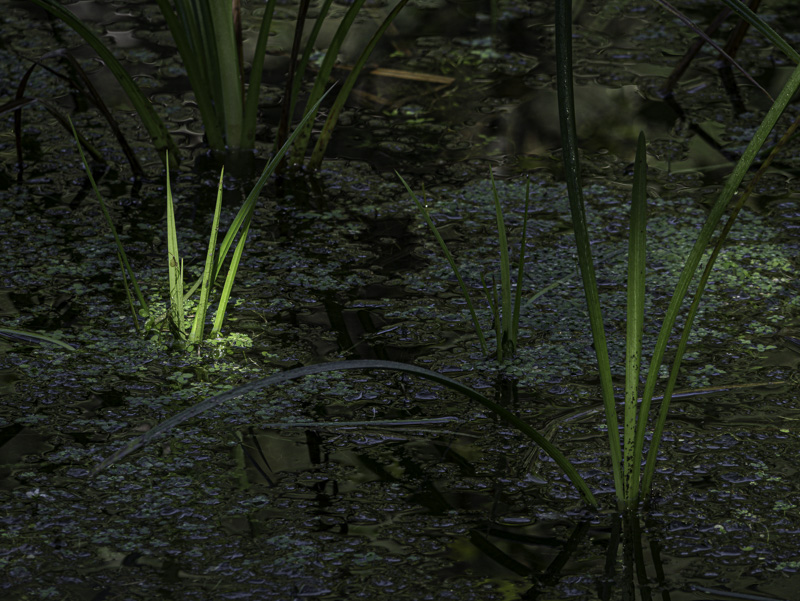Every Picture Is a Compromise
Lessons from the Also-rans
Most photography websites show the photographer's very best work. Wonderful. But that's not the full story of a creative life. If we want to learn, we'd better pay attention to the images that aren't "greatest hits" and see what lessons they have to offer. Every picture is a compromise — the sum of its parts, optical, technical, visual, emotional, and even cosmic – well, maybe not cosmic, but sometimes spiritual. Success on all fronts is rare. It's ok to learn from those that are not our best.
This is a series about my also-rans, some of which I've been able to improve at bit (i.e., "best effort"), none of which I would consider my best. With each there are lessons worth sharing, so I will.
Original digital captureEmpty Centers Week Resisting "bull's eye" composition. What I saw that I liked:Some beautiful dappled light — that was moving fast across the scene! What I learned:The image above is a screen capture from Lightroom with the composition grid superimposed on the image. Notice that the center box is almost empty. All the details — especially the ones with dappled sunlight — surround that almost-empty center box. Our eye circles the image, traveling around all those outside boxes. That kind of dynamic eye movement make the image more "alive" that a dead center composition. |


